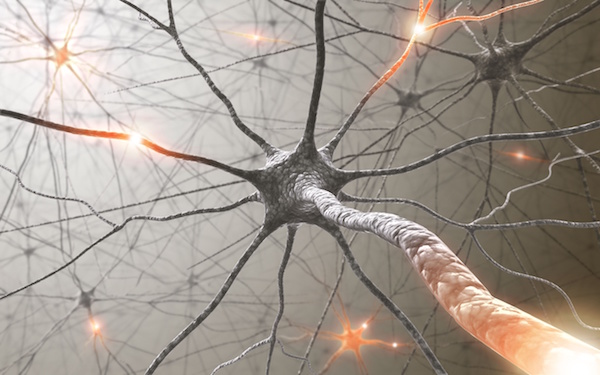
THURSDAY, May 26 (HealthDay News) — Bats and dolphins aren’t the only mammals that use echolocation — the ability to use sounds alone to identify objects and navigate unfamiliar surroundings.
Researchers have found that people are also capable of echolocating.
The study, published online May 25 in PLoS ONE, found that by learning to make clicking noises and listening to the faint returning echoes, blind people were able to map out their environments, identifying objects such as a car, a flagpole or a tree.
The results suggest that blind people may be able to use the skill to play basketball, mountain bike or find their way in strange places, the study authors noted.
“It is clear that echolocation enables blind people to do things that are otherwise thought to be impossible without vision, and in this way it can provide blind and vision-impaired people with a high degree of independence in their daily lives,” the study’s senior author, Mel Goodale, director of the Centre for Brain and Mind at the University of Western Ontario and Canada Research Chair in Visual Neuroscience, said in a Public Library of Science news release.
Surprisingly, by measuring participants’ brain activity while they were echolocating, the investigators also found that the blind echolocators were actually using the “visual” part of their brains to process the sounds.
“This suggests that visual brain areas play an important role for echolocation in blind people,” the study’s lead author, Lore Thaler, postdoctoral fellow at University of Western Ontario, explained in the news release.
More information
The National Federation of the Blind has more about echolocation.

